
Open Forum Infectious Diseases research highlights incidence and cost burden associated with common infection.
Brian P. Dunleavy has been covering health and medical research for more than 25 years, for United Press International and EverydayHealth.com, among other outlets. He is also the former editor of Infectious Disease Special Edition. In addition, he has written on other subjects for Biography.com, History.com, the Village Voice and amNewYork, among others. He holds a master’s degree from the University of Missouri School of Journalism.

Open Forum Infectious Diseases research highlights incidence and cost burden associated with common infection.
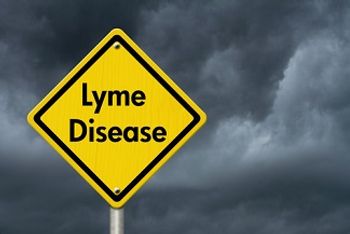
A group provides an overview of ongoing research and current approaches being evaluated for the prevention of tick-borne disease.

NEJM study suggests testing everyone, regardless of symptoms, can reduce prevalence.
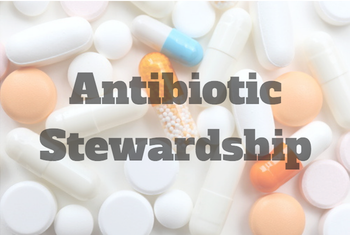
Regulations are redundant and lack specific standards for hospital compliance, experts say.

An oral abstract session on public health covers the full gamut of new outbreaks, challenges from around the world.

The storm damaged multiple public health clinics and vector-borne diseases remain a concern, per a PAHO/WHO report.

Touring production called “Eureka Day” depicts parents of schoolchildren arguing both sides—but definitely has a point of view.

Japanese researchers work to refine RDV, a tool for rapid identification of pathogenic agents.

Adding post market adaptive studies to existing noninferiority trials can provide clinicians with necessary data without slowing market introduction.
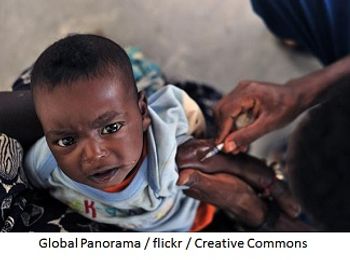
The African country was to be the third participant in a pilot program that would’ve inoculated 360,000 children against the mosquito-borne virus.

A new report on US prescribing trends and stewardship initiatives assesses the scope of the antibiotic resistance problem and lays the groundwork for solutions.

Changes to Medicare funding, reimbursement, and proposed new legislation highlight new initiatives as investigators gain a better understanding of multidrug-resistant organism transmission.
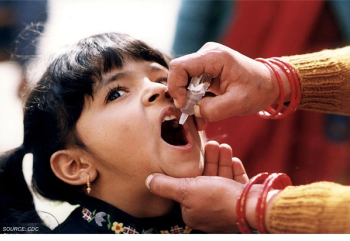
The disease remains endemic in the region but an increase in confirmed cases since the start of the year has raised concern.

Recent commentaries—1 optimistic, the other less so—shed light on the challenges ahead and how we can hope to overcome them.

The popular tourist destination makes headlines for all the wrong reasons thanks to mysterious incidents involving 13 Americans.

With investments in novel drugs on the decline, the decision on whether or not to use a new product may serve to foster or stunt development.

Lancet Infectious Diseases study shows that dogs meet WHO threshold for distinguishing infected from non-infected based on smell.
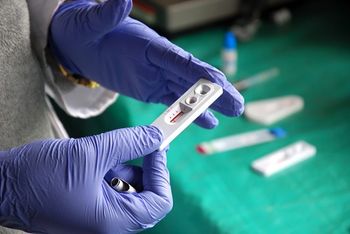
Nearly 500 children are infected with HIV after being put at risk due to poor medical practices in a country where violence against individuals living with HIV is still an issue.

As part of the Wellcome Trust’s “Contagious Cities” program, artist Mariam Ghani’s work reviews the terminology and metaphors used to describe outbreaks and epidemics.

“60 Minutes” becomes the latest media outlet to cover antibiotic resistance, but are they giving the whole story?

Findings of 2 recent studies illustrate the often-preventable risks associated with surgery.

Direct-acting antivirals are probably worth the price, but are there new ways to get them into patients’ hands?

The findings echo the guidelines published by IDSA/SHEA in 2018.

Rats and other pests pose significant problems for urban areas in the US.

Program supported by Atrium Health and Heineman Foundation looks to educate local physicians on proper prescribing, stewardship.
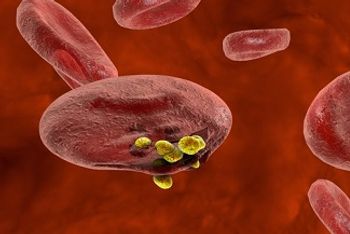
Focus group-based study reveals challenges in travel medicine among US-based visitors to the region.

Investigators use Salmonella strains to test accuracy and resistance.
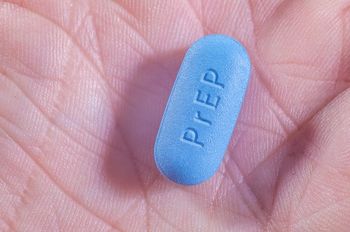
Draft guidance effectively outlines what infectious disease specialists have known for years—and leaves many unanswered questions.

As resistance, and incidence, are both on the rise, new options may come not a moment too soon.

New report highlights risks and costs associated with these infections equal to roughly 1 million deaths and $65 billion in the United States.